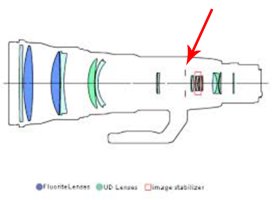Zv said:privatebydesign said:Random Orbits said:Zv said:Oh totally! They need something in that ultra wide range other than the costly 14L. Their foolin no one with the 8-15 fisheye! I opted for the Samyang 14mm f/2.8 instead as I got fed up waiting. It's a pity I can't use filters with it though. Blasted bulbous ends! Haha!
What is the widest you can get without going bulbous end? Is it 16mm? I imagine a 12-24 or 14-24 would be quite expensive anyway and wouldn't take filters.
Zeiss' 15mm takes filters -- 95mm filters.
The TS-E 17 takes filters, 145mm filters.
You say that like you can just buy those at the dollar store! I mean sure I bet the Hubble space telescope takes filters too! ;D
(I meant what regular folk consider a filter - 77mm / 82mm max.)
What can I say, the 17 TS-E is a $2,000 lens, moaning about a few hundred to get the best out of it seems silly. But the Fotodiox system I use is very reasonably priced, certainly puts the likes of B&W, Lee etc to shame.
Upvote
0

